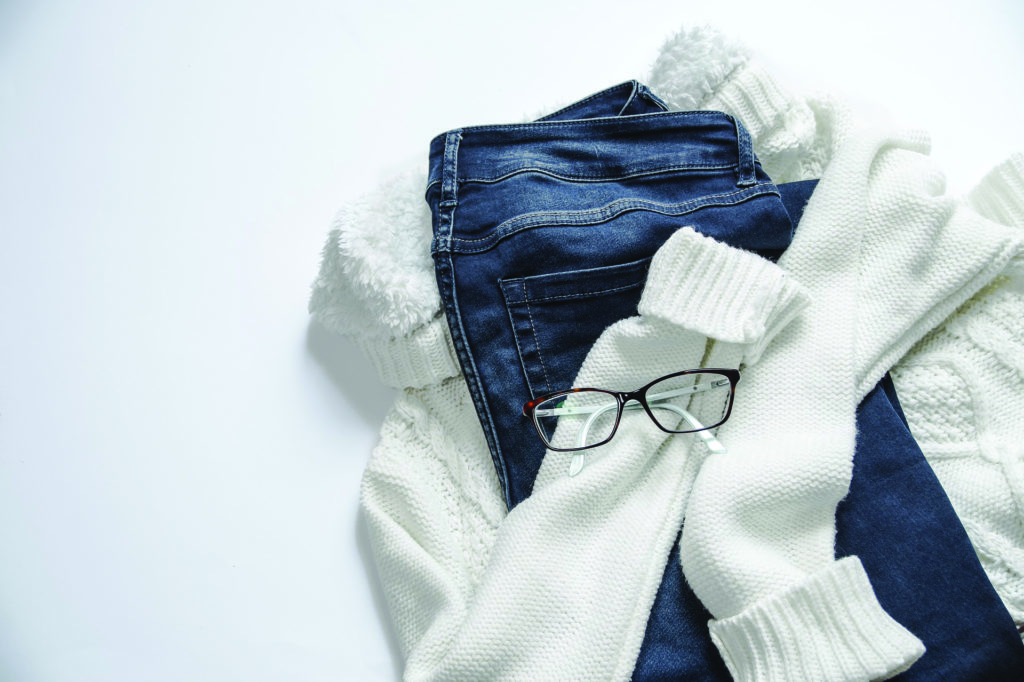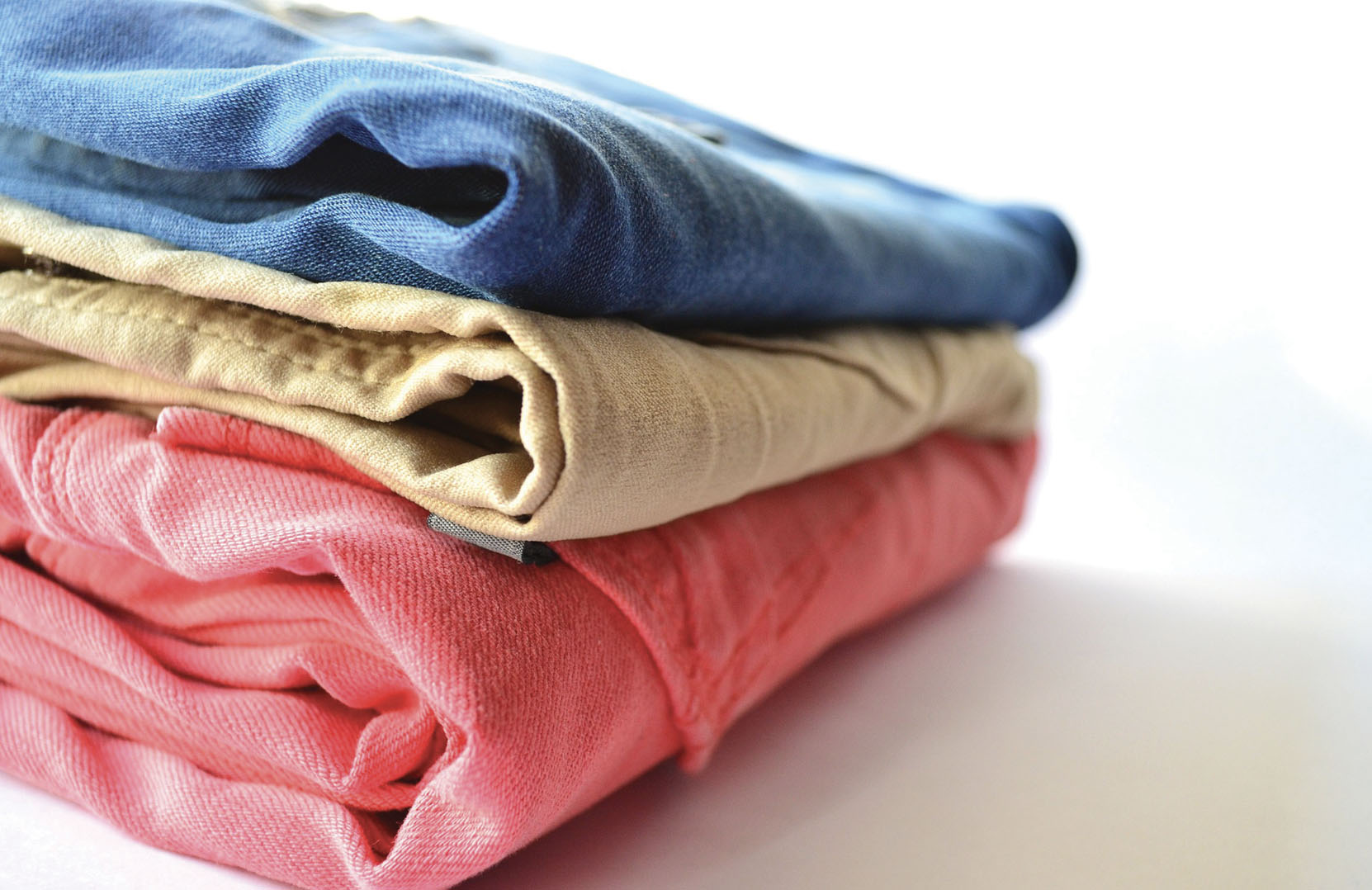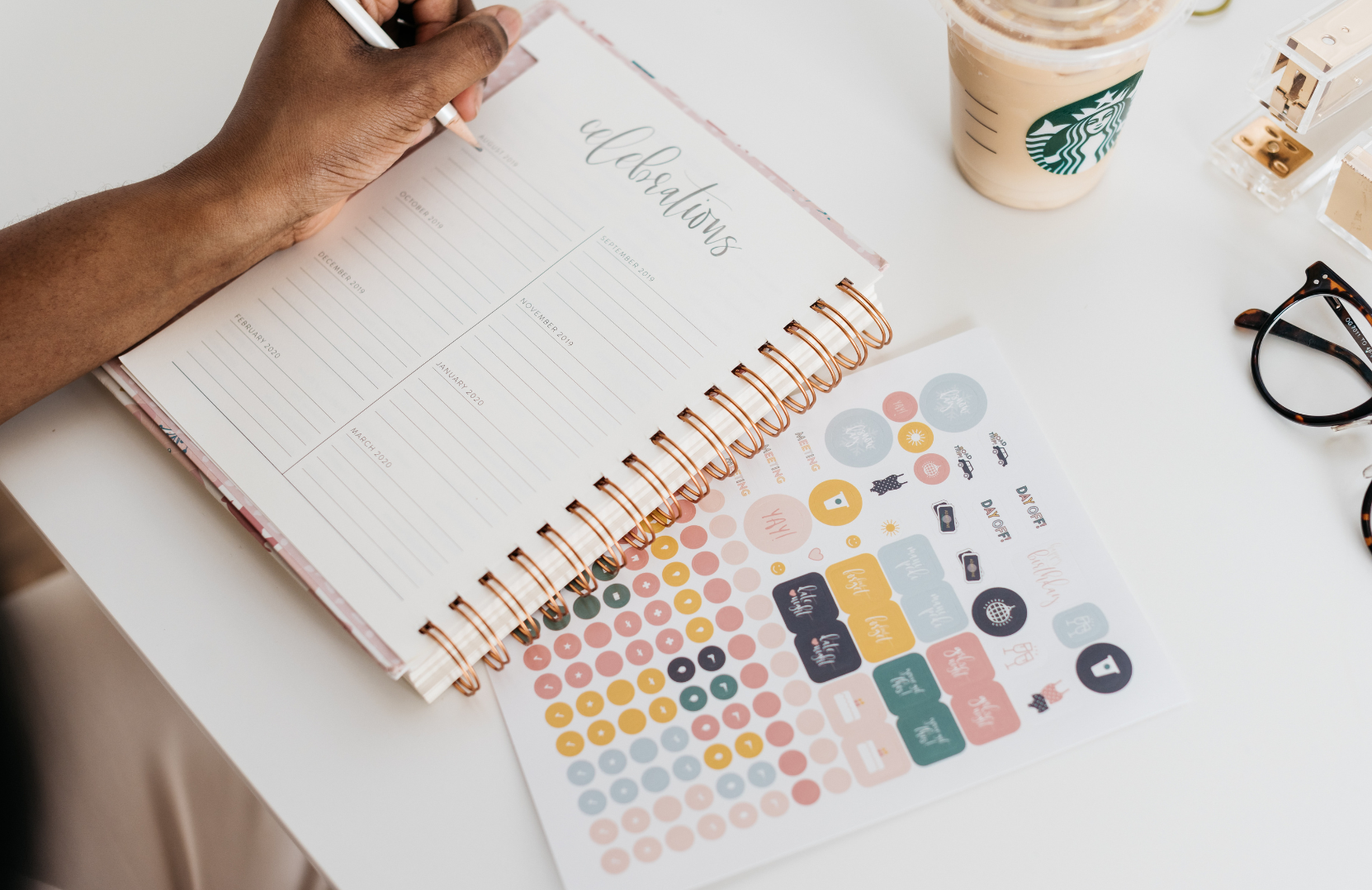For most students, by the time February comes around, we aren’t really worried about looking our best. It’s midterm season, baby! Time for the iconic MacEwan University hoodie, sweatpants or leggings, and a pair of grungey Converse sneakers. And that’s fair enough — as a post-secondary institution we’re neither prestigious nor religiously conservative enough to warrant a strict dress code.
But February is also the month of reading week, Valentine’s Day, and it’s the halfway point of a semester leading up to summer employment. Depending on the resort you holiday at, the restaurant you take your Tinder date to, or even the workplace you may be lucky enough to land a job in, your varsity hoodie might no longer cut it.
As our identity shifts from student to professional, so too will our wardrobe. For many, navigating dress codes can be an unexpected stress, but it doesn’t have to be. Nor do you necessarily have to follow every rule of the standard dress code, which has a history of reinforcing certain gendered status quos (not to mention racist and classist ones). A few simple rules will help you whenever you want to dress to impress, while still leaving room to express.
Be comfortable
Whatever you wear, feel good in it. It might not be possible for a pair of dress shoes or heels to snuggle your toes like a pair of old slippers, but they should still be comfortable. No matter how fancy something might look, if it is uncomfortable, it generally becomes unwearable. This goes for how an article of clothing makes you feel about yourself, too. As clichéd as it is, confidence is the ultimate accessory, and the pieces that we love are often so-adored because they fit us best and make us feel fine.
Know before you go
University is generally a series of firsts for most students, and some of those firsts often involve their own unique set of wardrobe rules. Thankfully whether it’s your first wedding to attend or your first funeral, there’s usually enough time to plan ahead. Where does the event take place? What is the weather expected to be like? Has a dress code explicitly been stated? These are all important things to know beforehand, and which should inform your ensemble for the occasion. If you’re not sure, don’t be afraid to ask the host or do some research.
For those planning a special Valentine’s dinner out, a general rule of thumb is that the more expensive the restaurant is, the more formally you will want to dress. Nothing will cramp your style more than being refused service until you remove your baseball cap or being forced to take a loaner jacket before being shown your table. Few restaurants in Edmonton explicitly list a customer dress code, but if in doubt, being a little overdressed is always preferable to being underdressed.
Keep it simple
Upgrading your student wardrobe shouldn’t be complicated. Sometimes all it takes to boost an outfit from casual to dressy-casual is another layer — such as adding a cardigan or blazer over a t-shirt — and accessorizing with more formal footwear, jewelry, a tie, and/or a watch.
Don’t break the bank
While some brand-name items have a certain social currency, it doesn’t always mean they look good off the hanger. Some things are worth spending a little extra on, such as statement pieces or dress-up-dress-down basics which will be worn time and time again, like a leather jacket or pair of raw denim jeans, but as with uncomfortable clothes, pieces that you spent too much on probably won’t make it out of the closet enough to warrant the expense.

Basic breakdown of dress code categories
Casual: You’re probably wearing it right now. These are your everyday duds, your study and comfy clothes.
Semi-casual: You might do something with your hair for this outfit, or you might not, but you definitely aren’t going to be wearing sweatpants or a hoodie. Think jeans, skirts, khakis, maybe a shirt with buttons and/or a collar. Students who give off an air of having their shit together tend to dress this way all the time.
Business: This is the weird middle category where you maybe shouldn’t wear jeans but can probably get away with it if they’re unripped, black, or a very dark wash. Shorts or sandals are a definite no. Approach these outfits as though you really want to make a good impression on somebody’s dad.
Semi-formal: This is fancy steakhouse attire, respectful funeral attire, your go-to when the wedding invite doesn’t tell you the dress code. You’ve entered the no-jeans and suit jacket for certain zone. Business students giving a presentation can often be seen in semi-formal wear.
Formal: Somebody almost always tells you when this dress code is in effect. Whether “suggested” or “required”, this is the time to bring your closet A-game. Your shoes should have the word “dress” in front of them if you aren’t wearing heels or a smart pair of flats. Dress length tends to increase with formality, too, so just as you wouldn’t wear shorts or capris to such an event, floor-length dresses or skirts are the way to go.
Black tie: Think the Oscars.





0 Comments